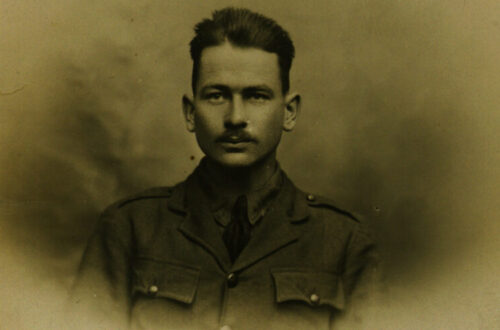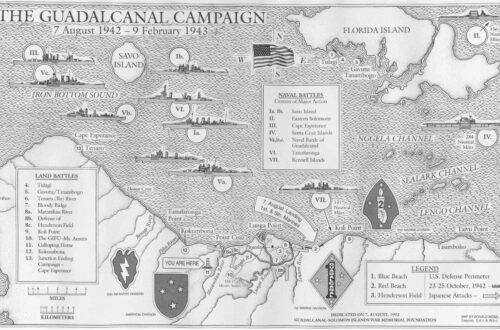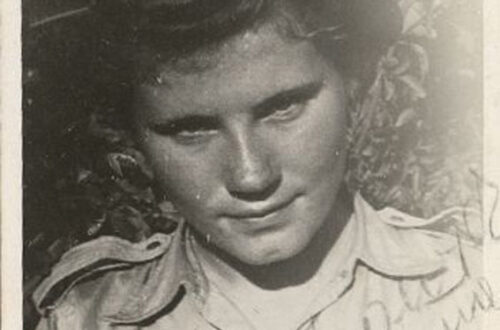Stories: Phout Chamleunsouk
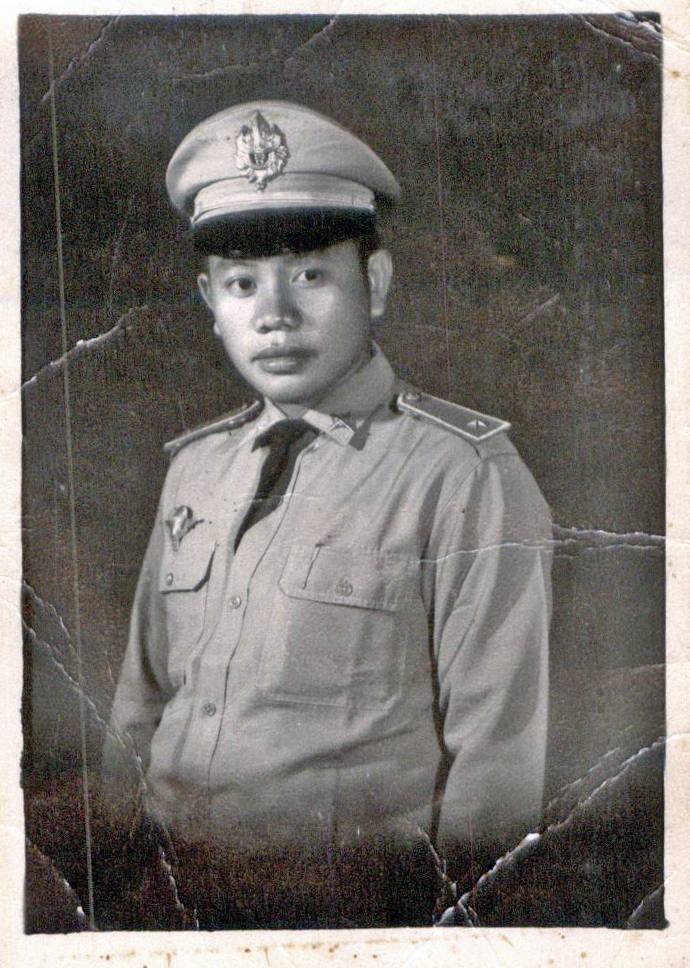
Within the Connecticut Veterans History Project, Vietnam Veterans are the most numerous oral histories present. The men and women served in all branches from marching through the jungles in the army to flying jets and bombers over North Vietnam to aiding and comforting the wounded in the rear hospitals. Americans of all creeds participated, over the course of the Vietnam War, approximately 2,700,000 Americans served in South East Asia; Vietnam, Cambodia, and Laos.

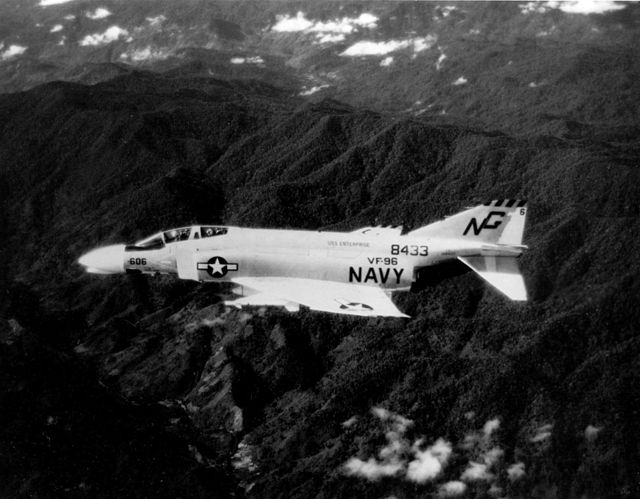

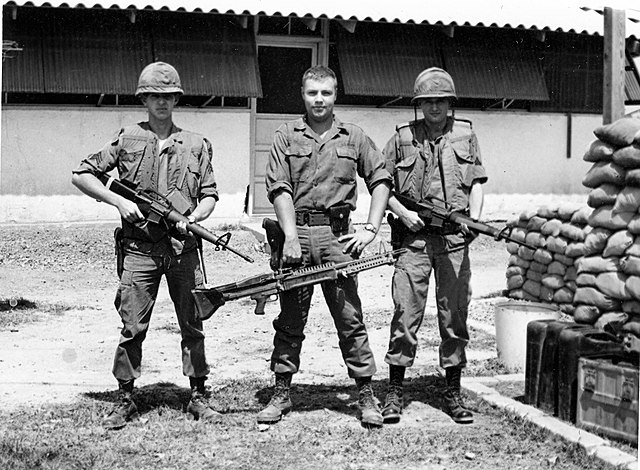
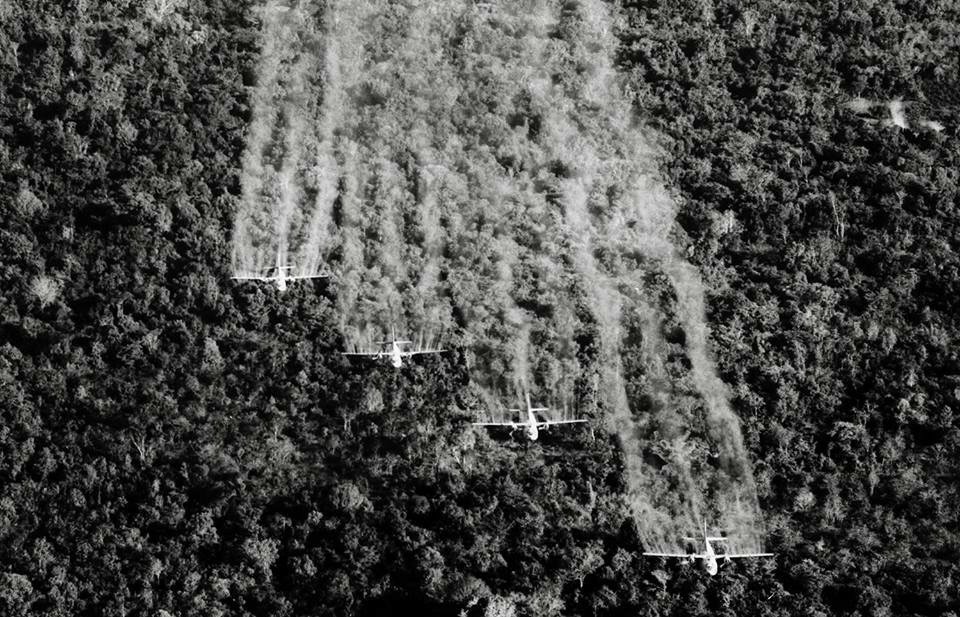
Most of the veterans in the archives were born and raised in America. While America sent millions of soldiers, there were also those native to South East Asia who fought alongside the Americans or with American support. One such veteran in the collection is Phout Chamleunsouk of Laos.
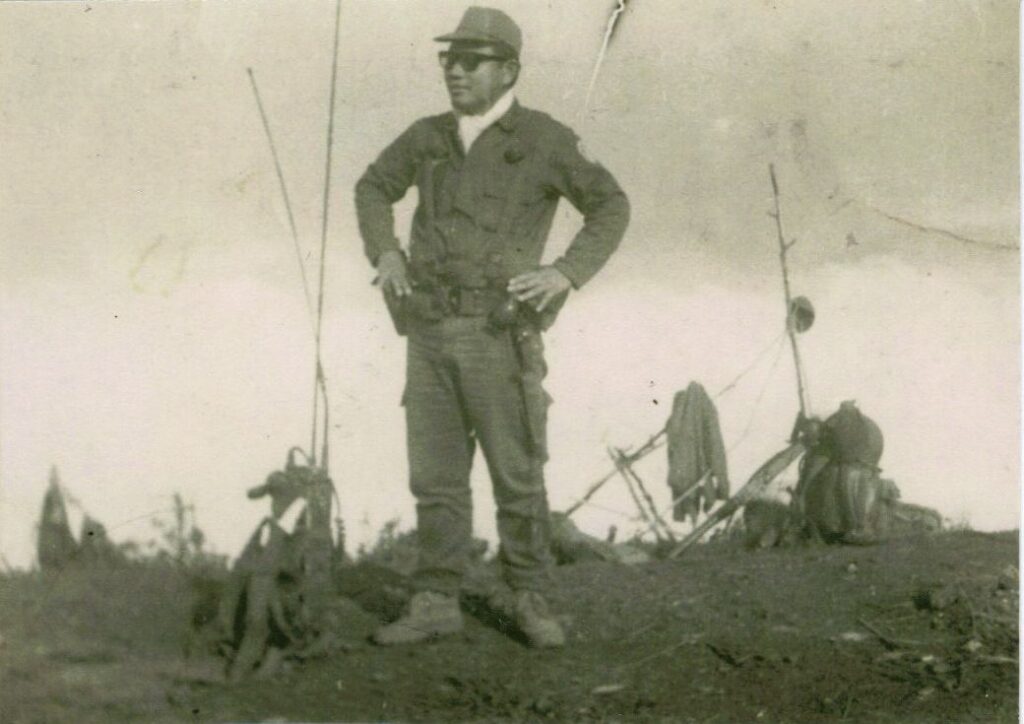
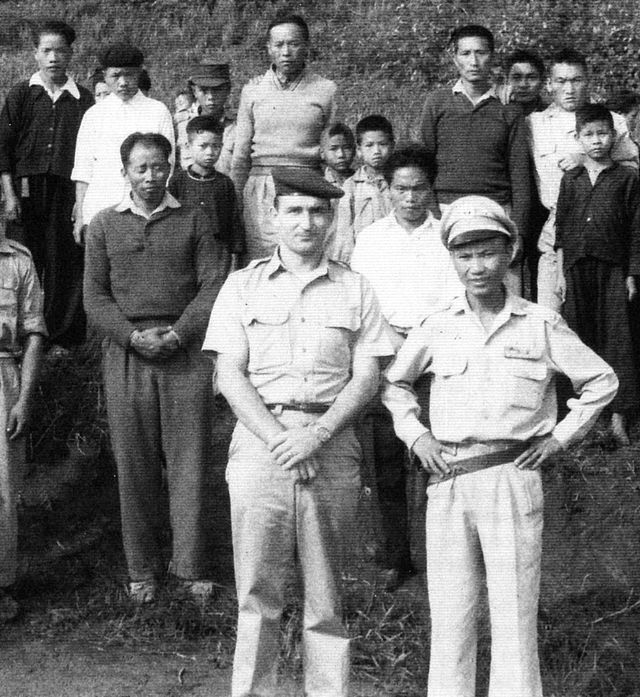
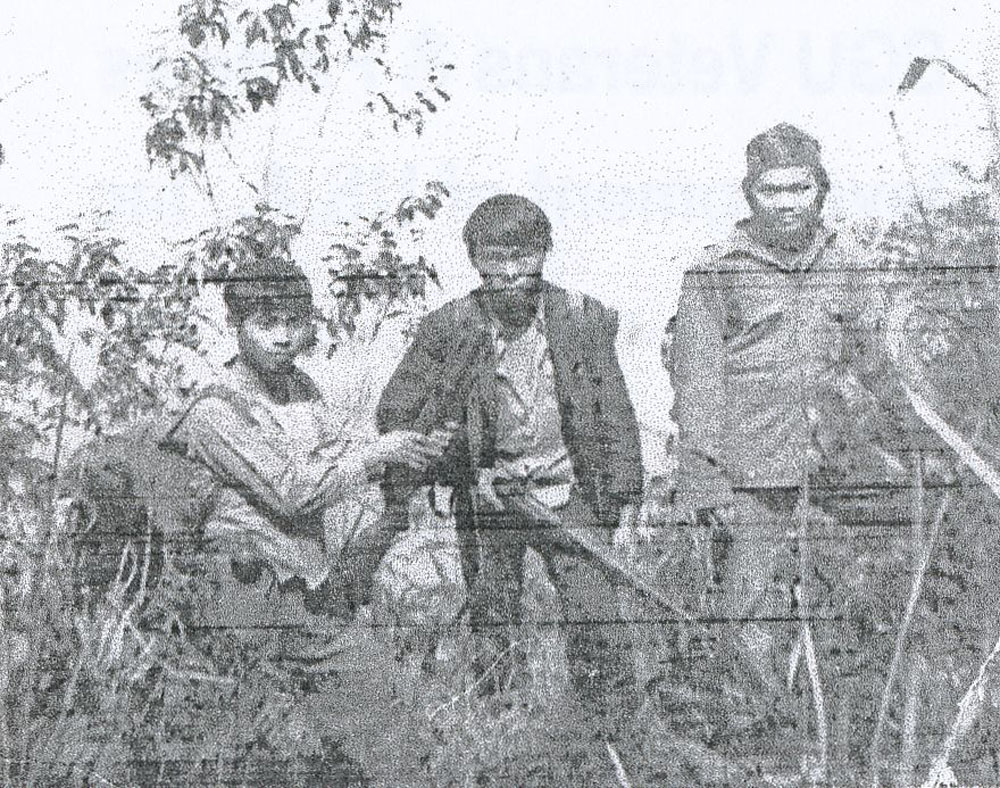
Phout Chamleunsouk was born in the province of Ban Namkiang on the 1stof January 1941. After finishing the 8th grade in 1959, he began training to become a police officer, however, he eventually joined the army a few years later. In 1963, his career in the Royal Laos Armed Forces began. Due to his education and his ability to speak Laos, French, and some English, he was allowed to take the test to enter the officer training program.

The basic Bootcamp experience was similar to the American training of that era. Phout Chamleunsouk and his fellow soldiers got up early in the morning, ran, exercised, and drilled in American clothing and trained with American weapons, a combination of old firearms and ordinance from the second World War such as the M1 carbine and the 60mm mortar and the more modern weapons such as the M79. All this was possible as the programs and military of Laos were funded by the CIA.
After 2 years of Officer training, Phout Chamleunsouk graduated with the rank of 2nd lieutenant. He was sent to Thailand for further training to specialize in knowledge of guerrilla warfare tactics and to train him to be a company commander. As a company leader, he was in charge of 120 men, he had to learn how to give orders, helicopter procedures, and radio etiquette
Upon receiving his company, Phout Chamleunsouk and Company 443 were sent into the field of southern Laos, near the border of South Vietnam, in what was called Region 4, to conduct military operations. In 1971, in Region 4, his company, along with the rest of their battalion, was sent to rescue a downed helicopter pilot who crashed near Saravan, of the Salavan province in Laos. Phout Chamleunsouk and the battalion was sent to rescue the downed Americans, a total of five men, when they arrived the pilot, co-pilot, flight main tenant, Mr. Mark, and the interpreter. Mr. Mark was the adviser to the military training in Laos. The battalion retrieved the bodies from the wreckage and waited for the helicopter to evacuate the dead. However, as they were waiting Vietcong forces engaged them in large numbers.
During the fighting, Phout Chamleunsouk was injured, got shot in the left arm making it unusable. A medivac chopper arrived from Thailand and got him out. He was brought to an American hospital in Nakhon Si, Thailand. After a month, he was released and appointed to the SGU Censuses Office.
After his hospitalization and his job in the Censuses Office, he was promoted to the rank of Captain and assigned as the personal secretary to General Soutchay. Because of the new job he learned of America’s decision to withdraw from Laos in 1973. After the Americans withdrew, Communists took over the country, in the spring of 1975. The general and Phout Chamleunsouk were supposed to leave Laos for America, but due to a misunderstanding, Phout Chamleunsouk was left behind. He was soon captured by pro-communists and placed into a prisoner camp alongside 30 other men from the headquarters.

The camp, located in Attapue, was made for officers of the royal Laos Armed Forces. Here they were forced into education programs to learn about communism. They were not allowed to leave, had little food, and had no medical attention. They were not allowed to talk or question any of the information. those who did talk were killed, approximately 150 in the camp were killed. To keep people from escaping, the families were brought in to ensure cooperation. If people tried to escape, they would kill their family members. He stayed in the camp for 6 years, until October of 1981.
Over the course of 6 years, Human Rights Activists visited the camp on a few occasions, all mistreatments and violations were covered up. They made the camp appear humane with food, water, clothing. But as soon as they left all this was taken away.
Phout Chamleunsouk and his family were able to get out of the camp by aiding the camp’s commander. They talked other, ate together, helped the commander write reports. The commander placed him on a list for release but was watched closely when he left the camp. To gain freedom from observation, he paid off the guards with his wife’s gold.
After arriving at his cousin’s house, he was able to purchase his escape by boat to Thailand. He showed his uniform, which he stashed away, to a commander in Thailand. Upon recognition of the rank and uniform, he and his family was accepted into the refugee camp. After two more years, in 1983, he received a sponsorship from a man who was an American mechanic in Vietnam and became a pastor of a Lutheran church. The sponsorship allowed Phout Chamleunsouk to leave and live in America. Before going to America he spent 6 months in the Philippines in a processing camp. After his processing time, he was flown to Harrisburg, Pennsylvania, and eventually made his way to New York.
After arriving in America, Phout Chamleunsouk became an American citizen. He worked his way through college and studied Medical Laboratory Technology at BCC. With his degree, he became a lab technician at Wilson Memorial Hospital.
Phout Chamleunsouk’s story is not the only tale of Laotians fleeing Laos or a foreign individual forced from their homeland within the collection. His story is one of many but nevertheless extraordinary. His service is appreciated and his perseverance is astonishing.
His two-part interview:
Additional readings:
